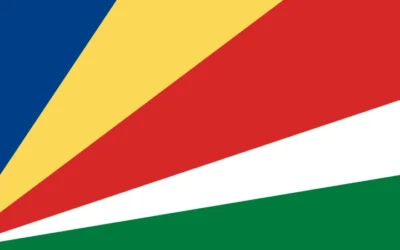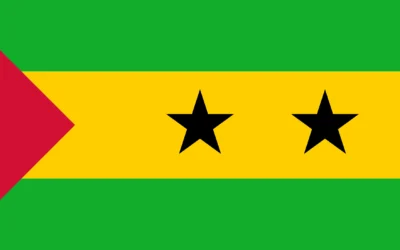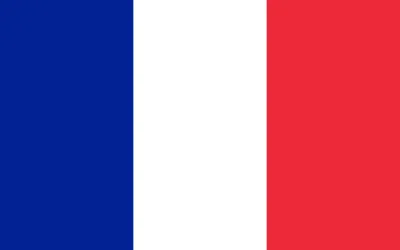1.Equatorial Guinea Travel Guide
Discover Why You Should Visit Equatorial Guinea
Why Visit Equatorial Guinea?
Equatorial Guinea, one of Africa’s smallest yet most intriguing countries, offers a unique blend of natural beauty, Spanish colonial charm, and cultural diversity. From tropical rainforests to volcanic islands and vibrant coastal towns, the country remains largely untouched by mass tourism, making it a hidden gem for adventurous travelers.
Comprised of a mainland region and several islands including Bioko and Annobón, Equatorial Guinea invites exploration through its lush national parks, striking architecture, and fascinating traditions.
Ideal for: Eco-tourists, history buffs, off-the-beaten-path adventurers, and cultural explorers seeking authentic experiences.
Must-Know Facts
Capital/Major City: Malabo (on Bioko Island)
Language(s): Spanish (official), French, Portuguese, Fang, Bubi, and other local languages
Currency: Central African CFA Franc (XAF)
Best Time to Visit: December to February (dry season with cooler temperatures)
Fun Fact: Equatorial Guinea is the only African country where Spanish is an official language
Top Things to Do
Explore the colonial architecture and volcanic landscapes of Malabo
Visit Pico Basile National Park and hike to the summit of the country’s highest peak
Relax on the beaches of Bioko Island and enjoy coastal fishing villages
Discover the biodiversity of Monte Alen National Park on the mainland
Take a boat trip to Annobón Island for birdwatching, marine life, and secluded adventures
Local Culture & Lifestyle
Equatorial Guinea has a diverse cultural makeup, with ethnic groups like the Fang, Bubi, and Ndowe maintaining rich traditions in music, dance, and community celebrations.
Spanish colonial heritage is visible in architecture, language, and some religious practices, blending with African traditions to form a unique cultural identity.
Family ties, hospitality, and respect for elders are central to social life across both the mainland and islands.
Food & Drink Highlights
Street Food: Grilled fish and chicken, fried plantains, cassava dishes, peanut-based stews
Restaurants: Offer a mix of Spanish, African, and Portuguese flavors, often with fresh seafood
Drinks: Palm wine, imported beer, tropical fruit juices, coffee grown on Bioko Island
Desserts: Coconut cakes, banana fritters, sweet rice pudding
Main Dish & Culinary Symbols
Signature Dish: Pepe soup (spicy fish or meat soup with vegetables and plantains)
Common Ingredients: Cassava, plantains, fish, rice, hot peppers, peanuts, yams
Culinary Culture: Meals are social and hearty, often influenced by Spanish and Bantu traditions
Symbols & Icons of the Area
Natural Icons: Pico Basile, tropical rainforests, Atlantic beaches, Bioko and Annobón Islands
Cultural Icons: Traditional Fang masks, Bubi rituals, colonial cathedrals, local crafts
Hidden Gems & Off-the-Beaten-Path
Annobón Island, an isolated paradise known for its tranquility and biodiversity
Ureka Falls on Bioko Island, accessible through rainforests and perfect for hiking
Evinayong and Bata on the mainland for cultural festivals and forest excursions
Shopping & Souvenirs
What to Buy: Wood carvings, woven baskets, Fang masks, handmade jewelry, colorful fabrics
Where to Shop: Markets in Malabo and Bata, roadside vendors, craft villages
Getting Around
Public Transport: Limited and informal, mostly in urban areas
Car Rentals: Recommended for independence, especially for visiting natural parks
Boat Travel: Essential for inter-island journeys
Walkability: High in city centers and small villages, though infrastructure varies
Travel Tips
Spanish is helpful for communication; few locals speak fluent English
Travel permits may be needed for certain regions or photography
Medical precautions like malaria prophylaxis are recommended
Respect local customs and dress modestly in rural areas
Where to Stay
Budget: Basic hotels in Malabo and Bata
Mid-range: Comfortable inns and guesthouses on Bioko Island
Luxury: International hotels in Malabo and boutique resorts along the coast
Unique: Eco-lodges near Pico Basile or on the remote Annobón Island
Sample 4-Day Itinerary
Day 1: Arrive in Malabo, explore colonial sites and local markets
Day 2: Hike to Pico Basile and relax in surrounding natural parks
Day 3: Visit Ureka Falls or take a coastal road trip to explore fishing villages
Day 4: Fly or boat to Annobón for a quiet beach day and nature walks






0 Comments